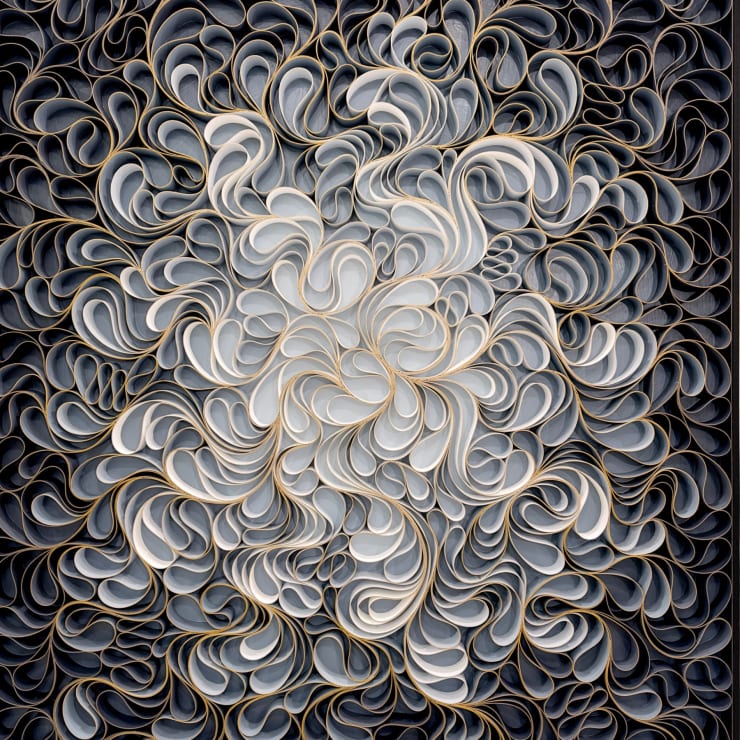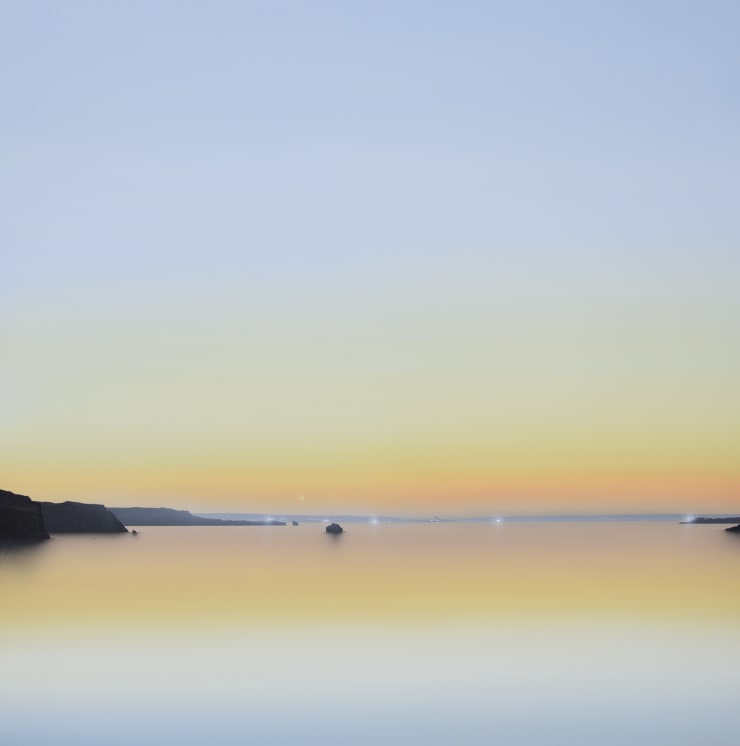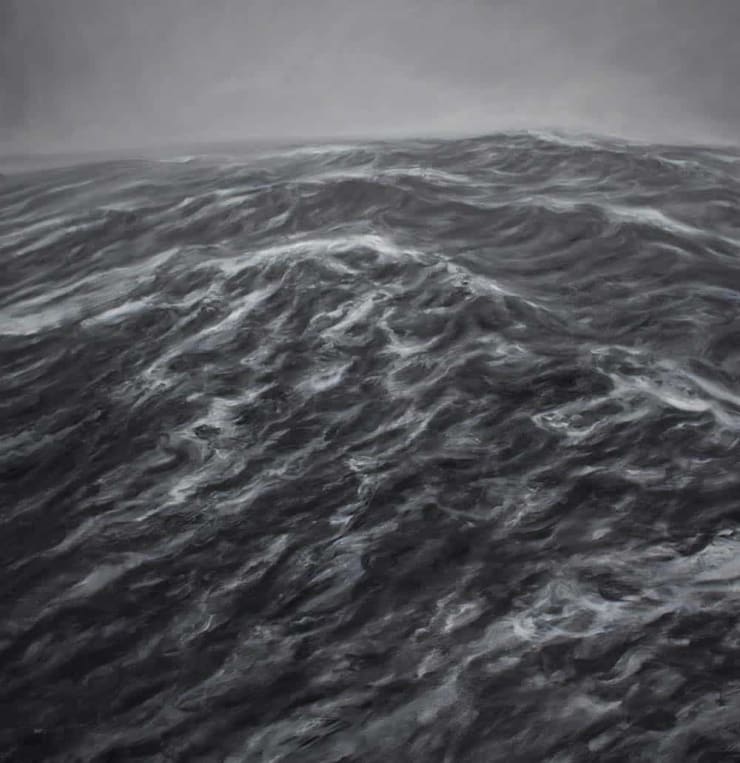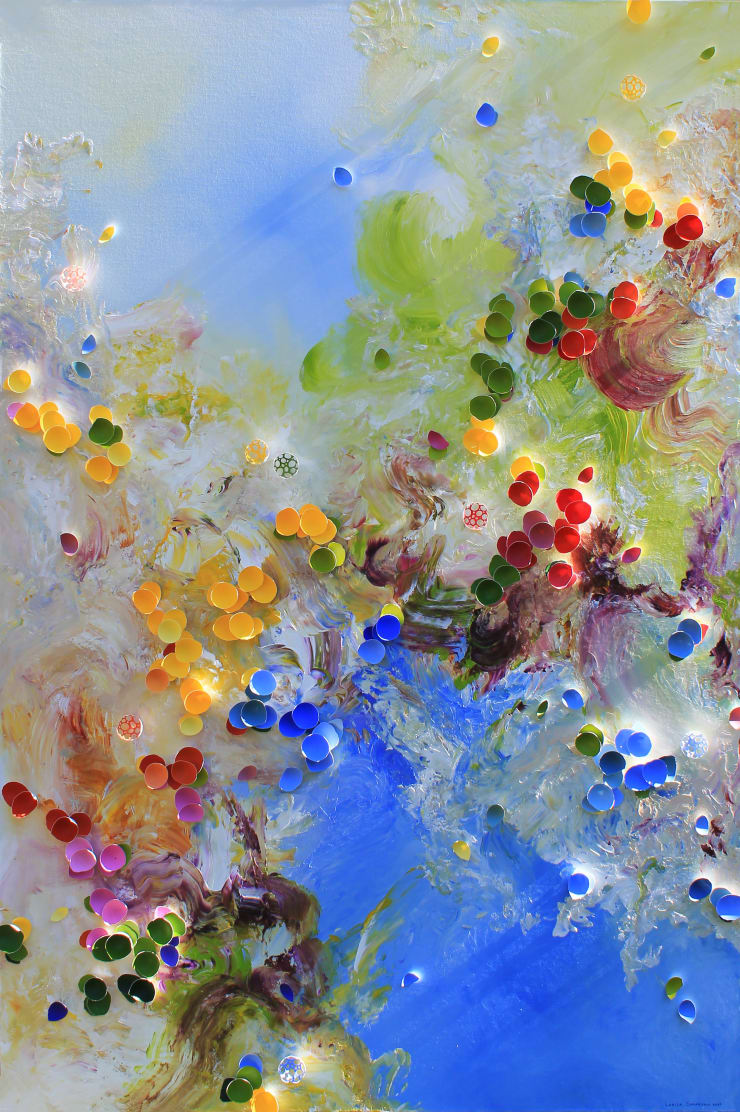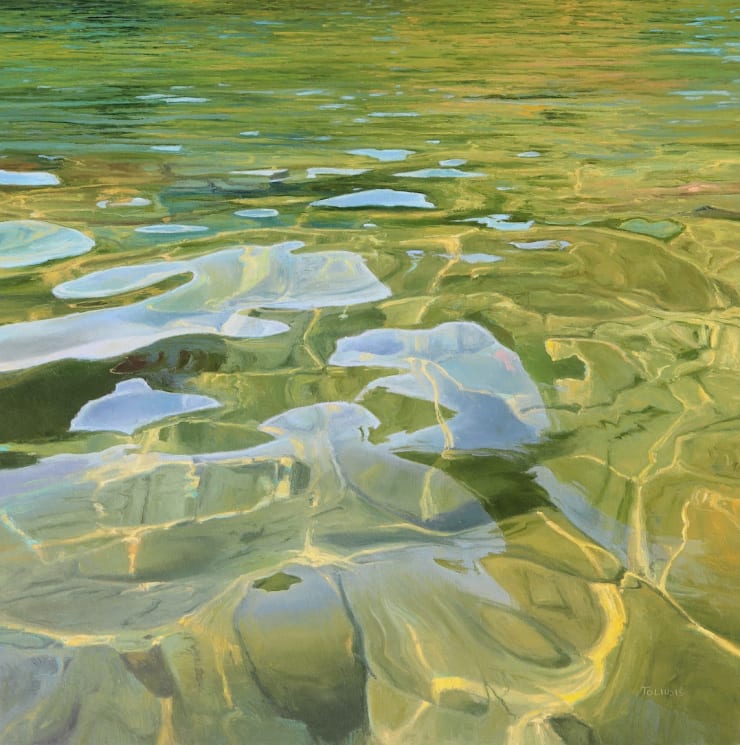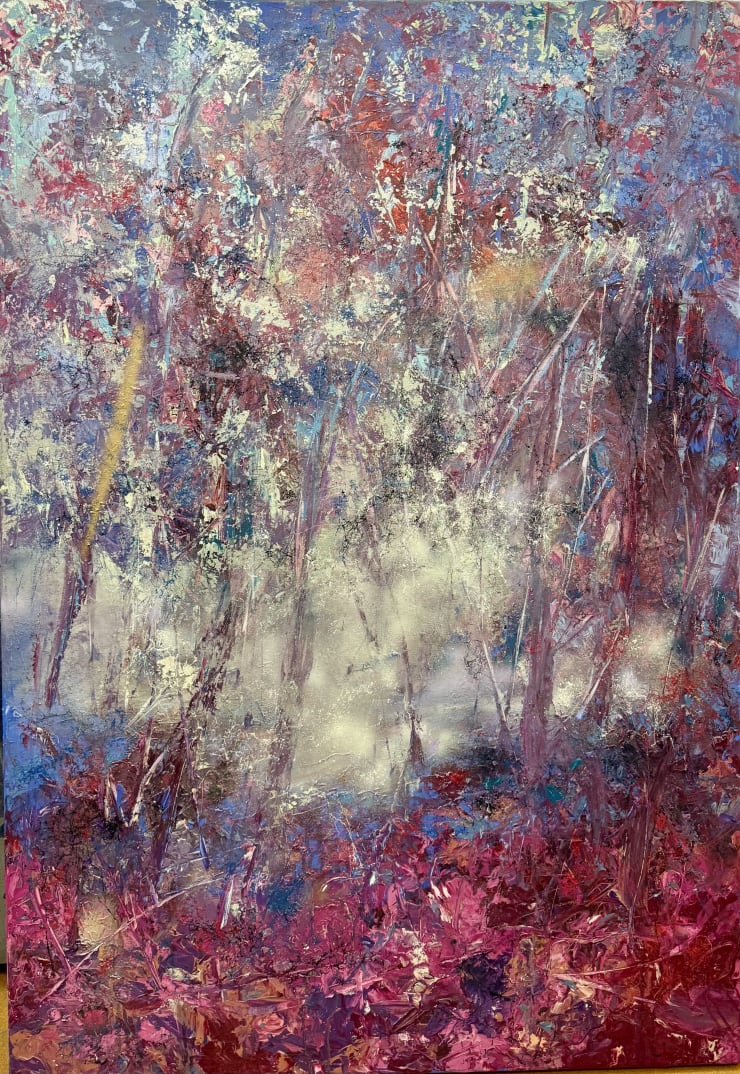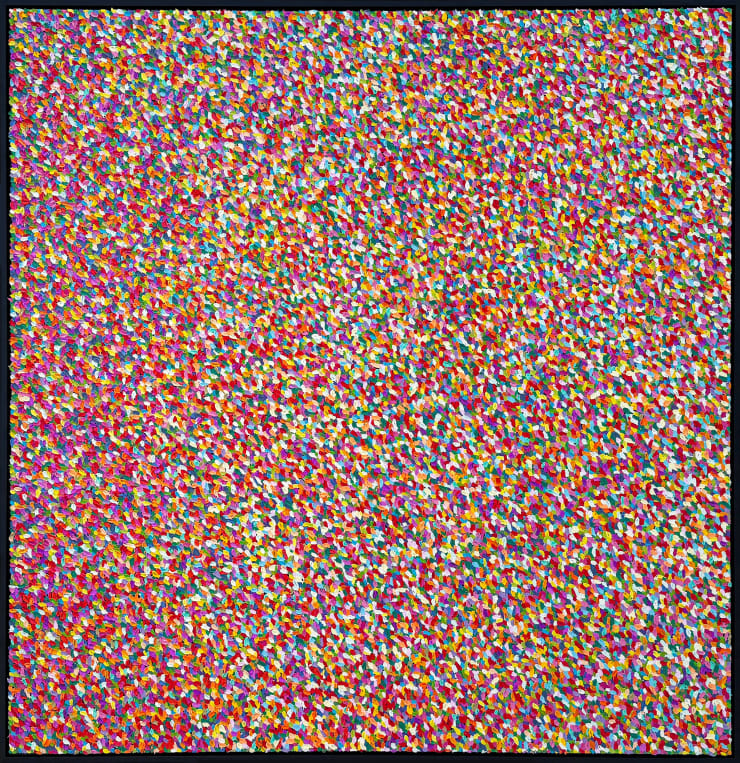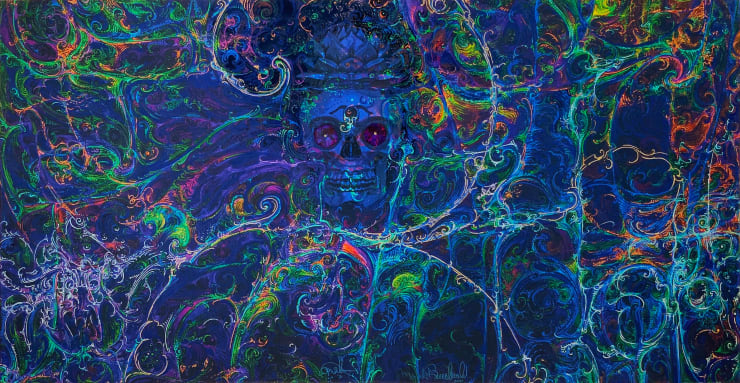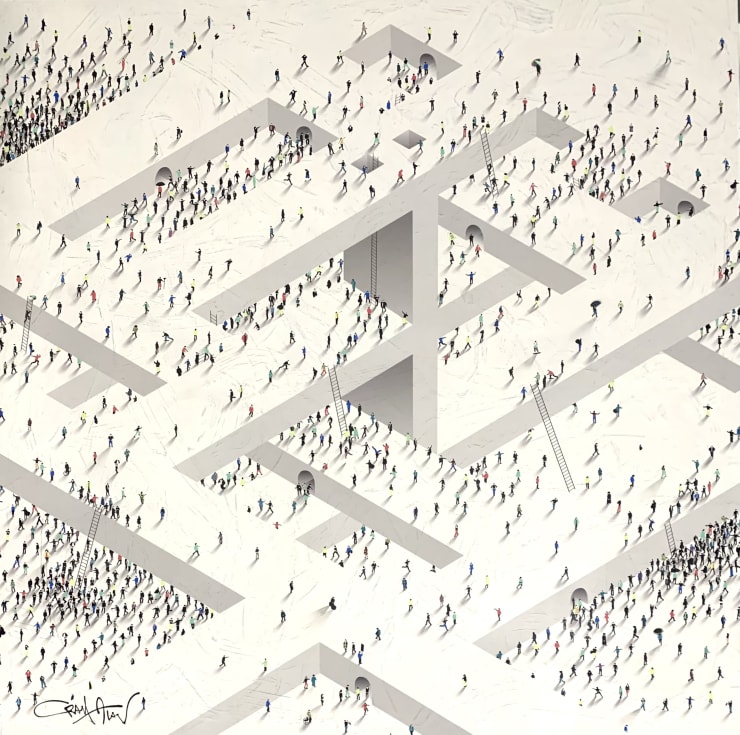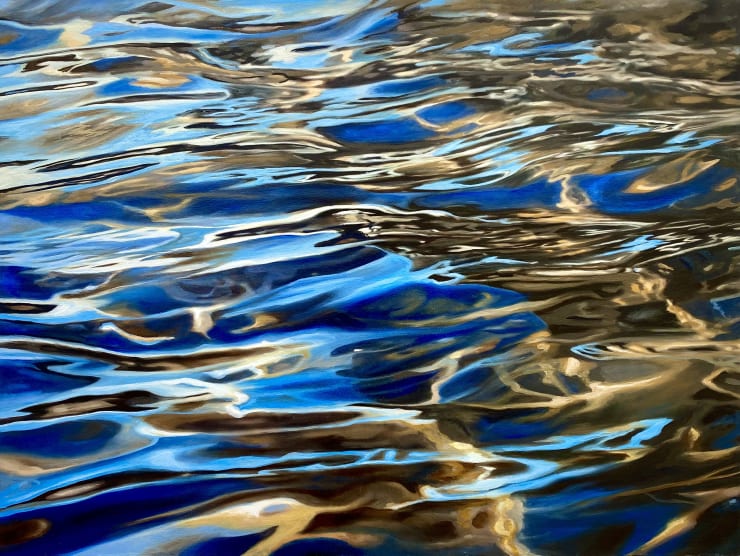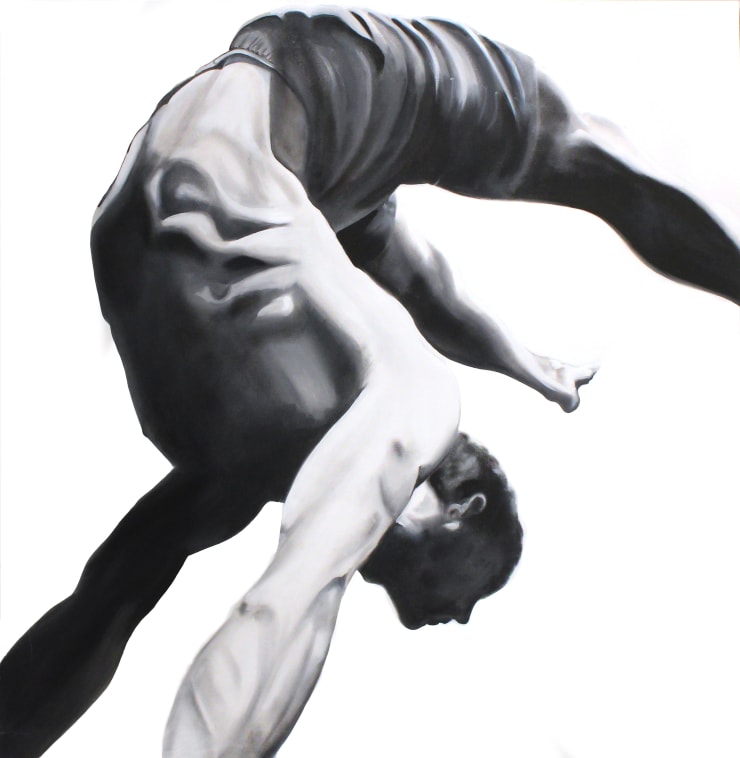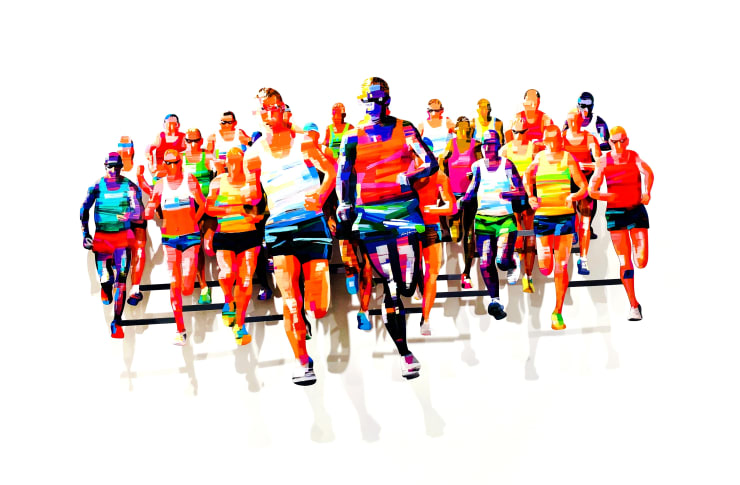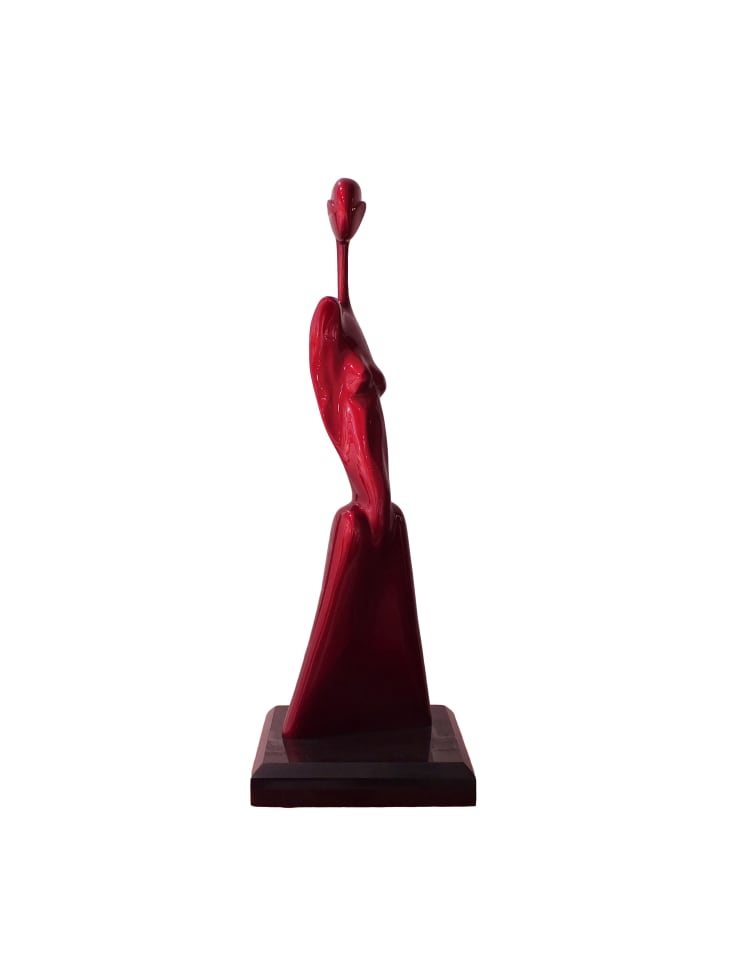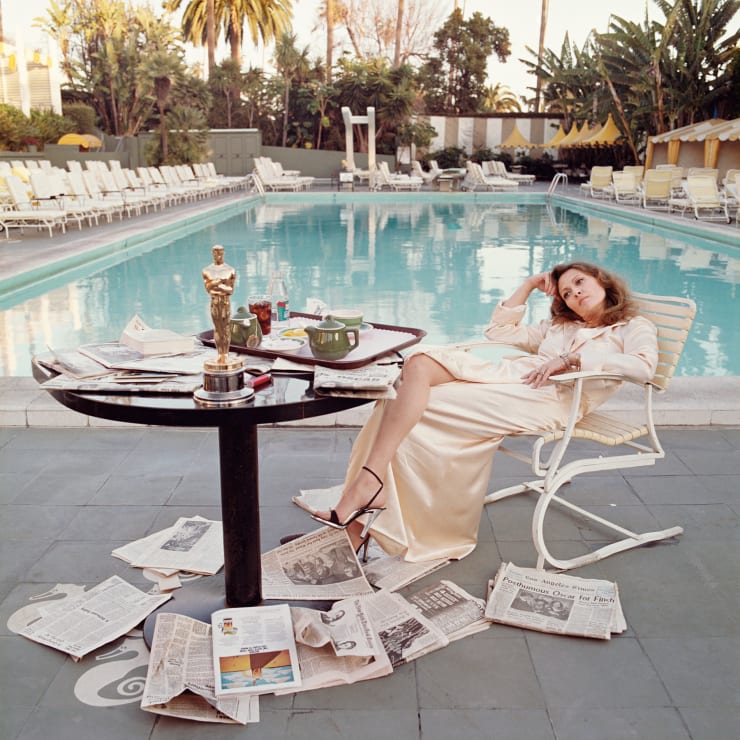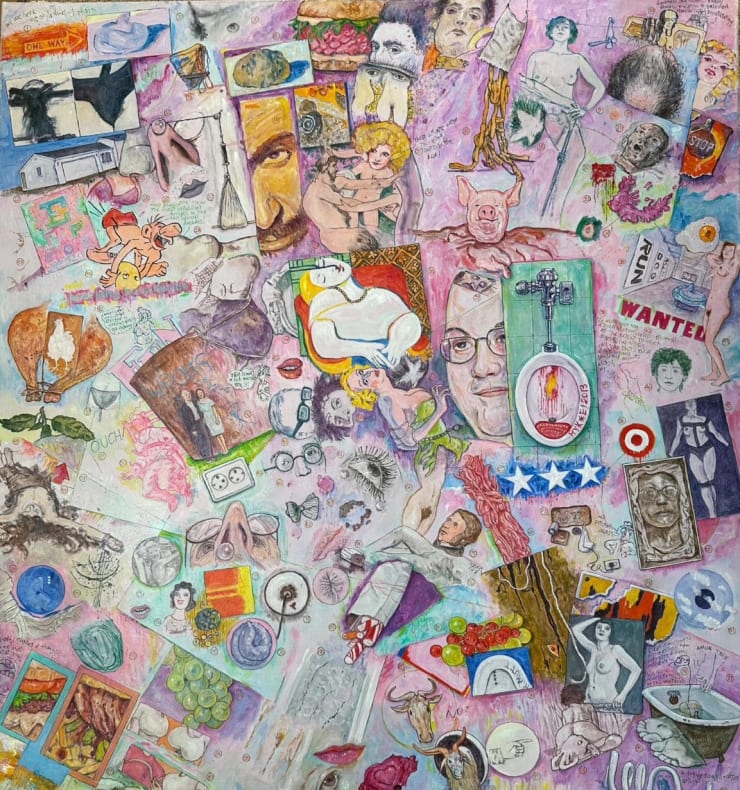Exhibited Artist
-

Stallman
-

Joel Amit
-

Ian Rayer-Smith
-

Diego Benéitez
-

Gian Garofalo
-

Franco Salas-Borquez
-

Ted Collier
-

Larisa Safaryan
-

Erika Toliusis
-

Claudia Limacher
-

Johannes Wessmark
-

Pila Pansumrit
-

Marek Buchwald
-

Craig Alan
-

Tim Alexander
-

Clovis Pareiko
-

Silvia Caimi
-

David Hollier
-

Skye Brothers
-

David Begbie
-

David Gerstein
-

Rainer Lagemann
-

Paul Braslow
-

Leon Bronstein
-

Georges Monfils
-

Bjorn Persson
-

Terry O'Neill
-

Norman Parkinson
-

Robin Austin
-

Richard Hyman

